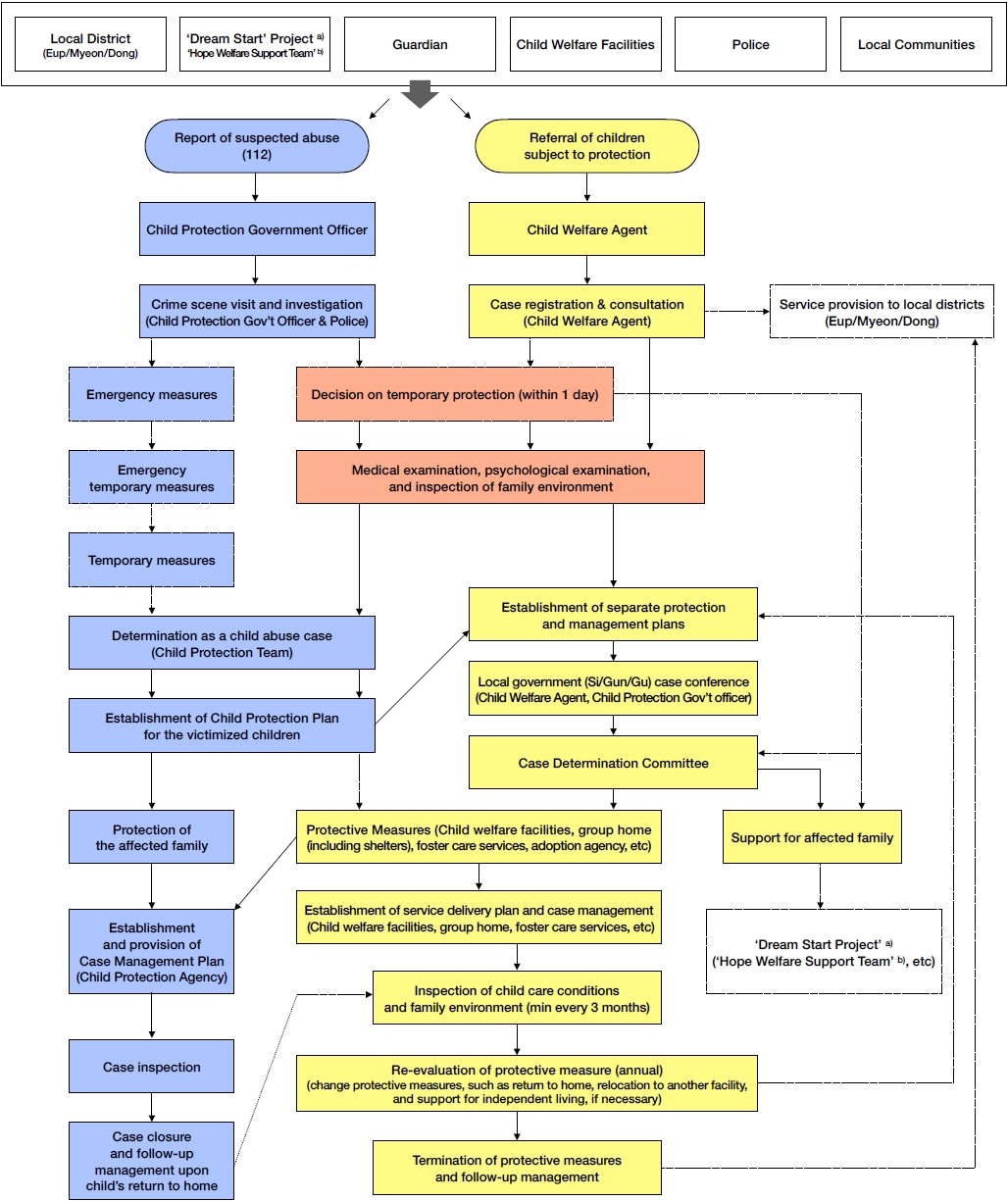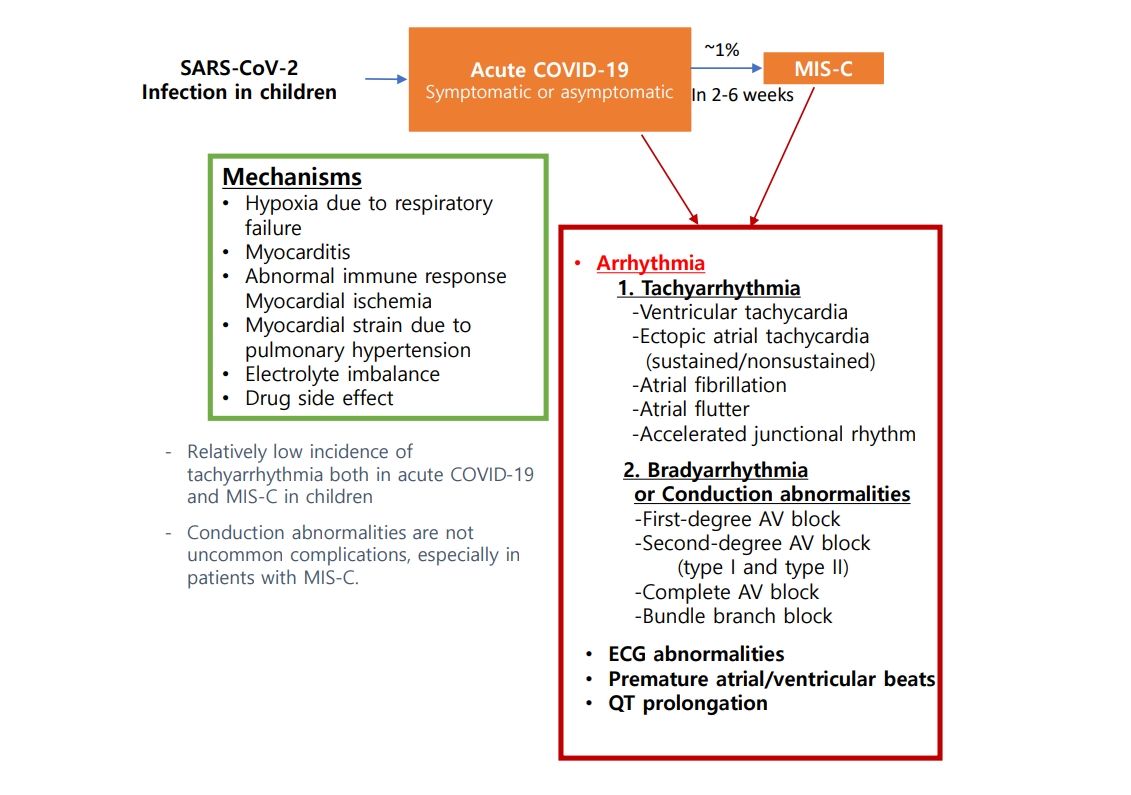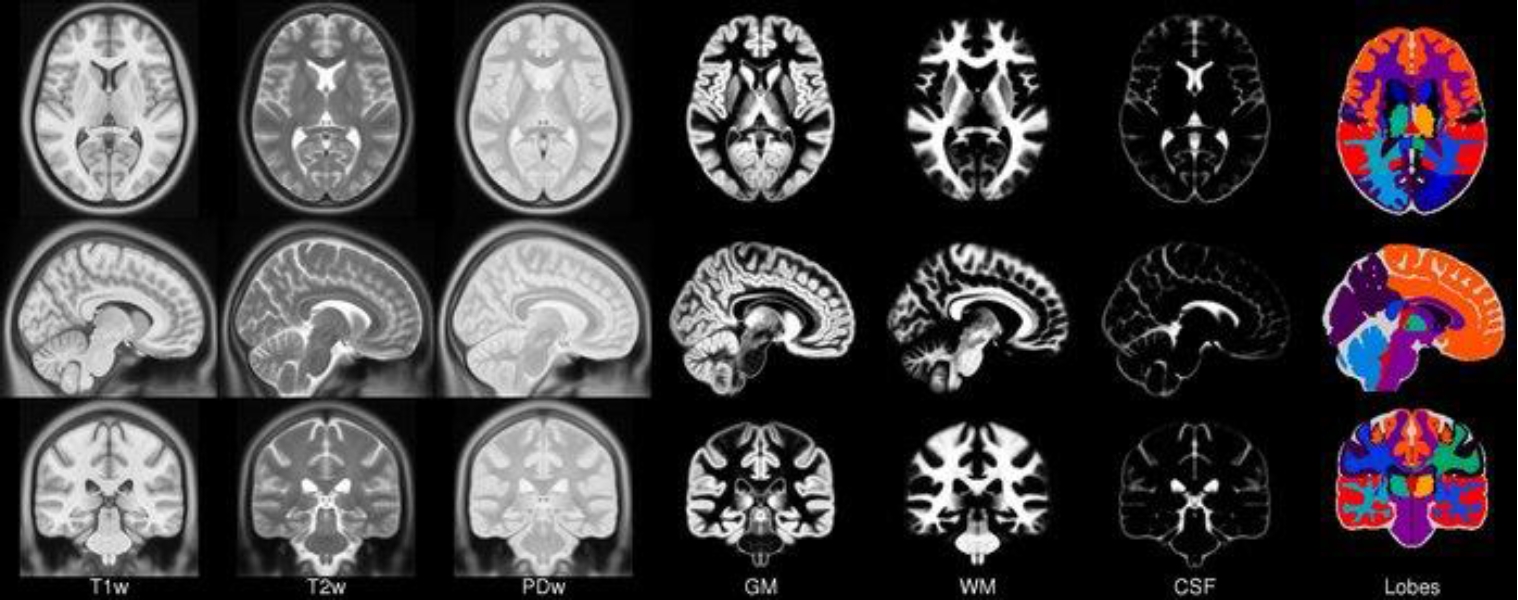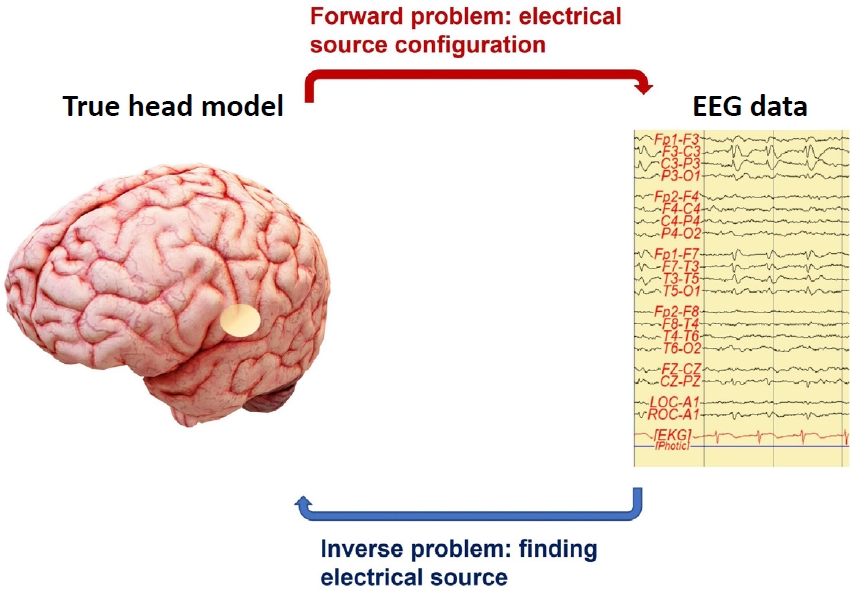
|
Most immunocompromised children and adolescents are not at increased risk of developing severe coronavirus disease 2019 (COVID-19). COVID-19 outcomes for low- or medium-risk immunocompromised children are favorable, while more serious illness reportedly occurs in high-risk immunocompromised children by underlying disease, its treatments, and other factors. Therefore, the early detection and timely management of severe COVID-19 and treatment of underlying disease are important. Hospitalization and COVID-19 vaccination should be carefully considered. |






















